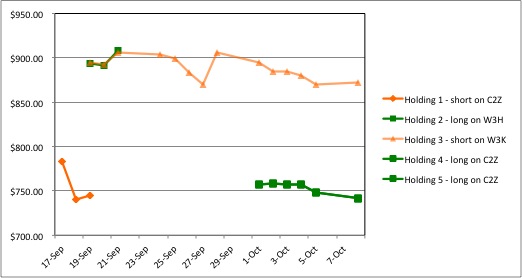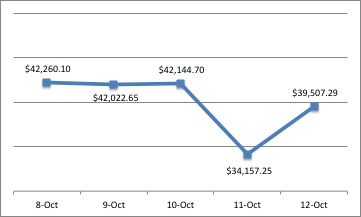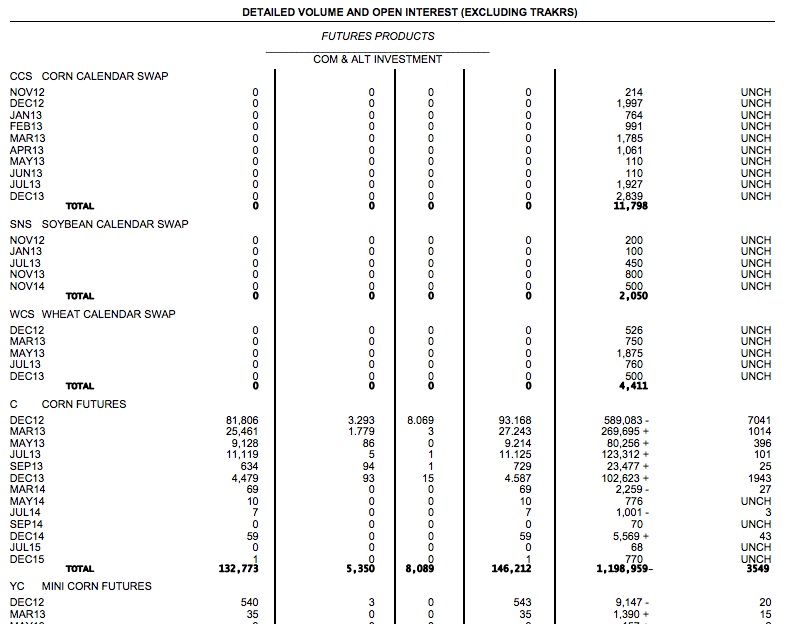I learned a few things over the last few weeks, most notably that trading in speculation is really, really complicated to conceptualize.
After two crazy weeks of travel and work, I finally got a chance to look at what my various contracts had done over the last 3 weeks. Unfortunately, it didn’t look great. First, I think I misinterpreted my research and the markets in going long on corn last week. Compared to my classmates, I am not a very active trader.

My research from last week clearly told me that the corn markets were not looking spectacular, but for some reason that meant I went long.
More importantly, though, I spent some time working through my fundamental understanding of the role of producers, buyers, and speculators in the market, thanks to my classmates. This is a completely foreign language to me, unlike many of my MBA colleagues. Therefore, the lessons learned below may seem very simple; but for me, they are valuable.
1. Both corn and wheat prices fell at the end of last week. This was good for my wheat contracts, because I was short, but not good for my corn contracts, because I was in a long position.
2. I would be a really bad day trader, and an even worse scalper. I am perfectly happy to check my balance at the end of the day and try to do better in the next few days, as opposed to making multiple trades in one day and track short price changes. I don’t consider myself a risk-averse person, but I do consider myself patient, and I certainly feel overwhelmed by the huge number of influences on the markets.
3. I thought I would enjoy learning about agricultural markets because agriculture is an industry based in tangible production with tangible inputs and outputs. As it turns out, even agricultural futures markets aren’t real either. Everything in the markets is about trading and guessing about money that doesn’t really exist. Determining value based on someone else’s estimation of your determination of value fundamentally makes no sense to me.



